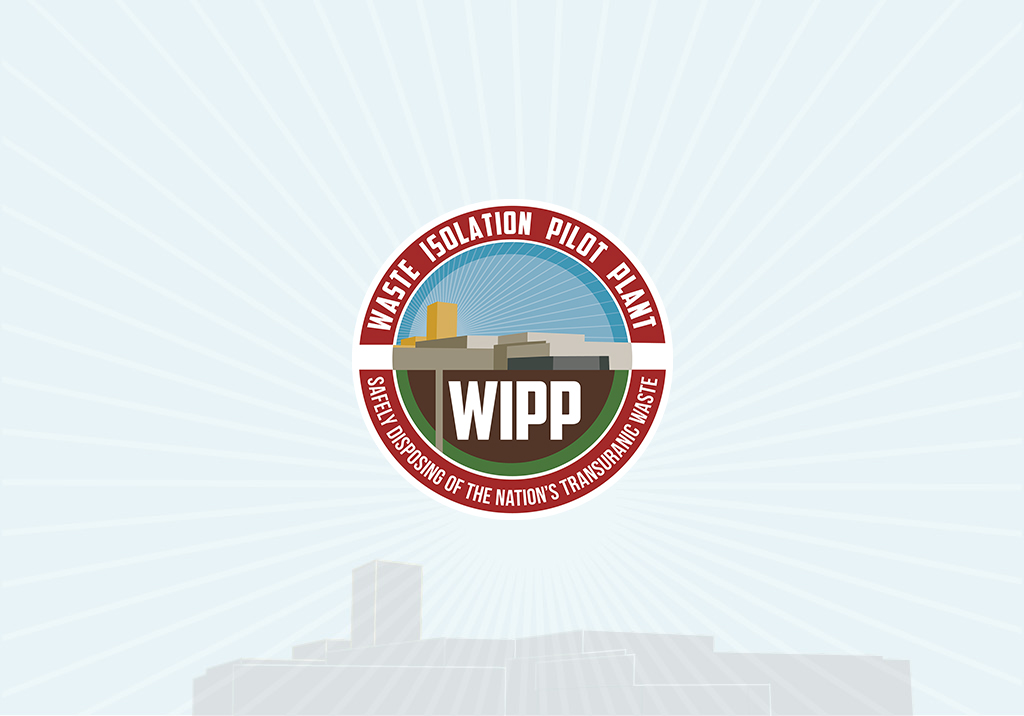
WIPP 2023 Year In Review
December 20, 2023
Announcement of WIPP Information Exchange In Person and Virtual
December 1, 2023WIPP Achieves EM’s 2023 Transuranic Waste Disposal Priority
CARLSBAD, N.M., December 6, 2023 – The U.S. Department of Energy’s Office of Environmental Management’s (EM) Waste Isolation Pilot Plant (WIPP) has accomplished an EM 2023 priority to complete and dispose of 400 transuranic (TRU) waste shipments while striving to ensure no backlog of shipments from cleanup at the Los Alamos National Laboratory (LANL) site in New Mexico.
“Exceeding 400 transuranic waste shipments to WIPP this year is a positive indication of the cleanup work we’re enabling throughout the nation,” said Mark Bollinger, EM’s Carlsbad Field Office manager. “WIPP’s mission to safely receive and dispose of waste shipments is instrumental to cleanup efforts at Los Alamos and other waste-generating sites, and we safely exceeded our goal at WIPP in 2023.”
In early 2023, Salado Isolation Mining Contractors (SIMCO) became the management and operations prime contractor at WIPP overseeing a workforce of nearly 1,500.
In October, WIPP received its 400th shipment of the year and SIMCO continued steady waste shipments from generator sites, working especially closely with LANL to ship available waste with no delays. Generator sites are located throughout the U.S., including LANL, Idaho National Laboratory and the Savannah River Site in South Carolina.
“I’m especially proud of everyone embodying the core values of safety, quality and productivity as we characterized, packed, shipped, received and emplaced each waste container this year,” said Tammy Hobbes, a SIMCO vice president and the WIPP Operations and National TRU Program manager.
Located in Southeast New Mexico about 26 miles east of Carlsbad, WIPP was constructed in the 1980s for disposal of defense-generated TRU waste. The repository is carved out of a 2,000-foot-thick salt bed formed 250 million years ago. TRU waste is disposed of 2,150 feet underground in rooms mined from the salt bed.
